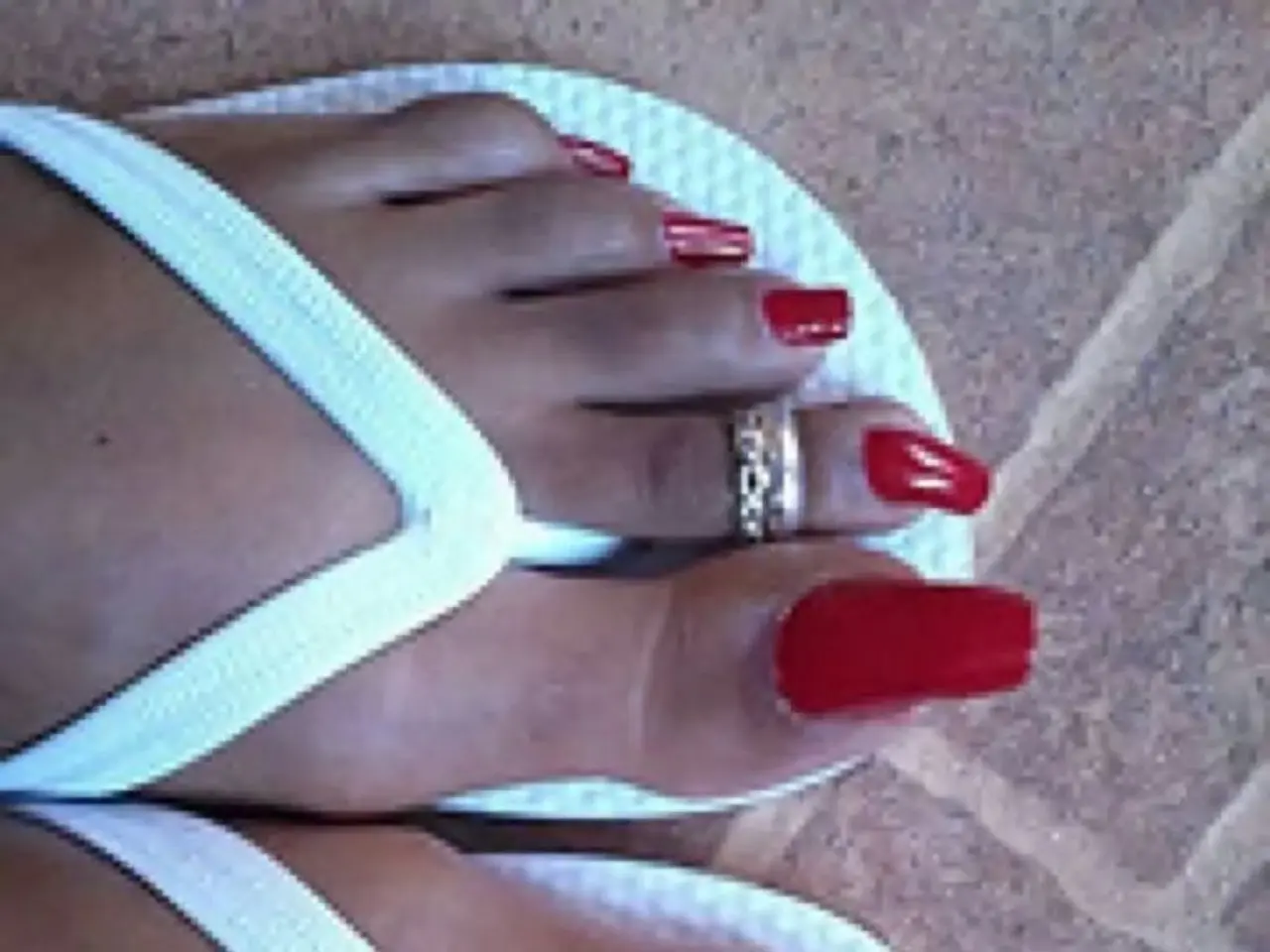Toe Walking without a Known Cause: Description and Frequency
### Common Factors Contributing to Idiopathic Toe Walking in Children
Idiopathic toe walking (ITW) is a common paediatric condition where an otherwise healthy child persistently walks on their toes or the ball of their foot for an extended period of time, without a clear medical cause [1-5]. While the exact cause of ITW remains unknown, several contributing factors are commonly discussed in the literature and clinical practice.
#### Possible Contributing Factors
**Genetic and Developmental Influences**
Genetic predisposition may play a role in ITW, as there is some evidence suggesting a familial tendency [3][4]. Additionally, some children may exhibit toe walking as part of their typical motor development, with most outgrowing the habit by age 10 without intervention [3]. Delayed motor planning or muscle imbalances may also contribute to the persistence of toe walking [5].
**Environmental and Behavioral Factors**
The use of baby walkers and Jolly Jumpers has been identified as a possible environmental contributor, as these devices may encourage heel elevation and diminish opportunities for typical heel-toe walking patterns [1]. The types of shoes a child wears and their everyday walking habits can also influence whether toe walking becomes persistent [5].
**Neurological and Sensory Factors**
While not always present, some children with ITW may have sensory processing differences, and in rare cases, autism spectrum disorder (ASD) has been associated with persistent toe walking [3]. Clinical practice includes ruling out neurological disorders during assessment [3][5].
#### When to Seek Further Evaluation
Toe walking is common in toddlers and often resolves on its own. However, persistent toe walking beyond the age of 2–3, especially when accompanied by other symptoms (e.g., limping, muscle weakness, developmental delays, or neurological signs), warrants further medical assessment to rule out underlying conditions [3].
#### Summary Table
| Factor Type | Examples/Notes | |-----------------------|-----------------------------------------------------------------| | Genetic | Familial tendency, possible inherited component | | Developmental | Delayed motor planning, muscle tone, joint alignment | | Environmental | Use of baby walkers/Jolly Jumpers, footwear choices | | Behavioral | Habitual patterns, lack of heel contact reinforcement | | Sensory/Neurological | Sensory processing differences (rare), must rule out disorders |
#### Clinical Perspective
Most cases of idiopathic toe walking are benign and resolve with time. Conservative management—such as observation, stretching, physical therapy, and changes in footwear—is typical, with more intensive interventions like orthotics or surgery reserved for severe, persistent cases [3][5]. Early assessment by a physiotherapist or podiatrist can help determine if intervention is needed and ensure normal lower limb development [2][5].
It is important to note that idiopathic toe walking is more common in children with autism spectrum disorder (ASD) and attention deficit hyperactivity disorder (ADHD) [1]. In some cases, children with idiopathic toe walking may be referred to physiotherapists for treatment, and treatment options include stretching and strengthening exercises, wearing supportive footwear or orthotics, going on long walks in stiff shoes, and in some cases, serial casting [3][5].
Children who experience idiopathic toe walking could develop a shorter Achilles tendon, making it even more difficult to walk with their feet flat on the ground [1]. Other symptoms of idiopathic toe walking include pain or tightness in the feet, loss of balance, slower running or walking speed, and poor endurance when walking longer distances [3].
In conclusion, idiopathic toe walking is a relatively common paediatric condition, with most cases being a temporary phase rather than a long-term concern. However, if your child continues toe walking for a long period of time or experiences any discomfort, it is advisable to seek advice from a healthcare professional to explore potential treatments.
- The role of genetics in idiopathic toe walking (ITW) may not be clear, but some evidence suggests a familial tendency, linking health and familial traits.
- Children with idiopathic toe walking could have sensory processing differences, sometimes leading to complications such as autism spectrum disorder (ASD), which falls under the broader category of mental health concerns.
- Neurological disorders, while not always present in children with ITW, are important to rule out during medical assessments, as they can have significant impacts on health-and-wellness and may require specialized medical-conditions interventions.




